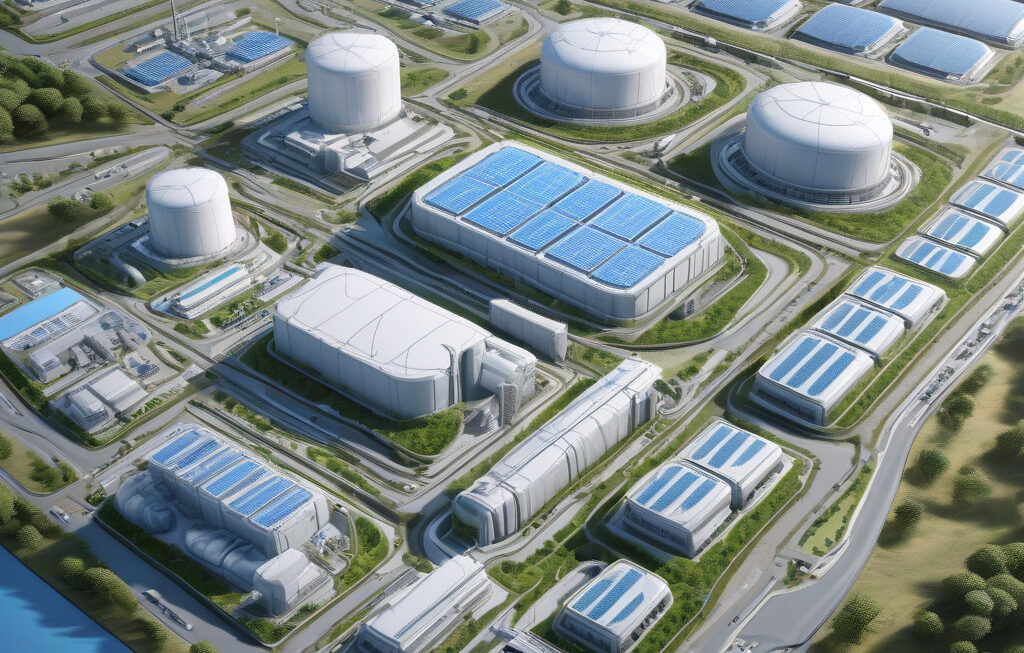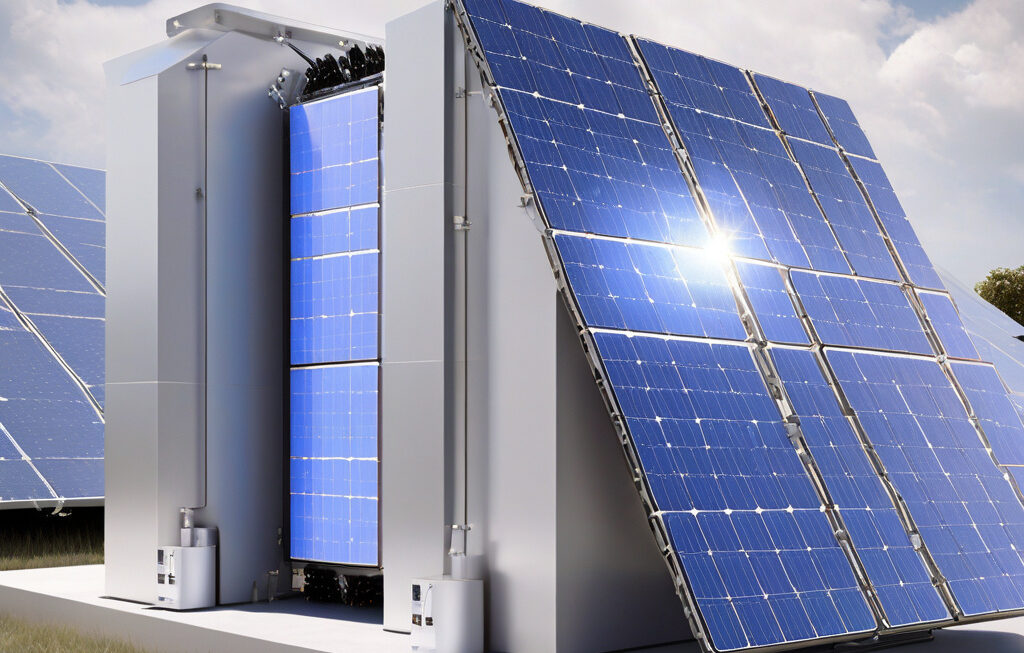Canada’s Laser Converter Transmits Power to Remote Locations, Produces 2 Volts with 53% Efficiency
Scientists have developed new laser power converters that can transmit power to remote destinations. Developed in Canada, this groundbreaking technology offers a unique solution to the challenges of delivering electricity to off-grid locations. With the ability to produce 2 volts and operate at an impressive efficiency rate of 53%, this innovation has the potential to revolutionize the way we think about energy transmission.
The concept of transmitting power wirelessly is not new, but traditional methods have often been limited by factors such as distance and efficiency. Laser power converters overcome these limitations by utilizing cutting-edge technology to deliver electricity over long distances with minimal energy loss. This makes them an ideal solution for powering remote locations where traditional power lines are impractical or cost-prohibitive.
One of the key advantages of laser power converters is their ability to harness renewable energy sources such as solar or wind power. By converting these energy sources into laser beams, it becomes possible to transmit power across vast distances without the need for complex and expensive infrastructure. This not only makes clean energy more accessible but also reduces our reliance on fossil fuels, leading to a more sustainable future.
In addition to their efficiency and versatility, laser power converters are also incredibly safe to use. Unlike traditional power lines, which can pose hazards such as electrocution or fires, laser beams are contained within a controlled environment, minimizing the risk of accidents. This makes them an attractive option for powering remote locations where safety is a top priority.
The applications of laser power converters are diverse and far-reaching. In addition to providing electricity to off-grid communities, they can also be used in space exploration, military operations, and disaster relief efforts. Their ability to deliver power quickly and efficiently makes them invaluable in situations where time is of the essence and traditional power sources are unavailable.
As with any new technology, there are still challenges to overcome before laser power converters can be widely adopted. One of the primary concerns is the cost of implementation, as the initial investment in setting up a laser power transmission system can be significant. However, as the technology continues to advance and economies of scale come into play, these costs are likely to decrease, making laser power converters a more viable option for a range of applications.
Overall, Canada’s laser power converters represent a significant step forward in the field of energy transmission. By harnessing the power of laser beams to deliver electricity to remote locations with high efficiency and safety, this technology has the potential to transform the way we approach energy distribution. As we continue to explore new and innovative solutions to our energy needs, laser power converters are sure to play a key role in shaping a more sustainable and connected world.
energy, laser technology, innovation, sustainability, remote locations












